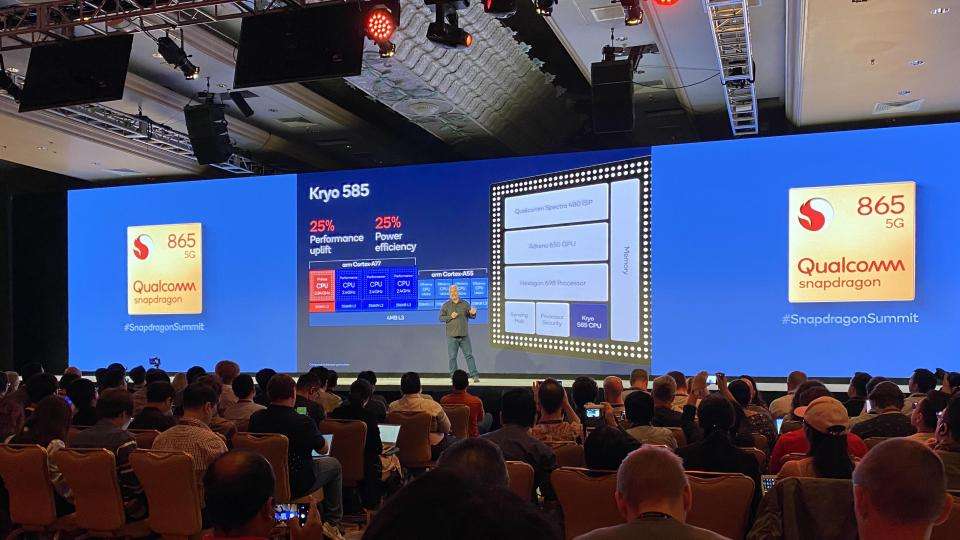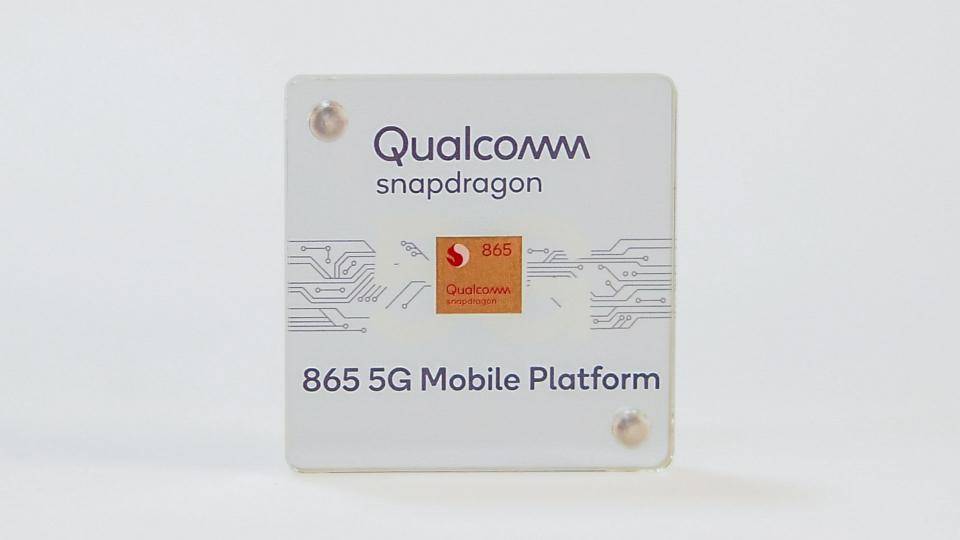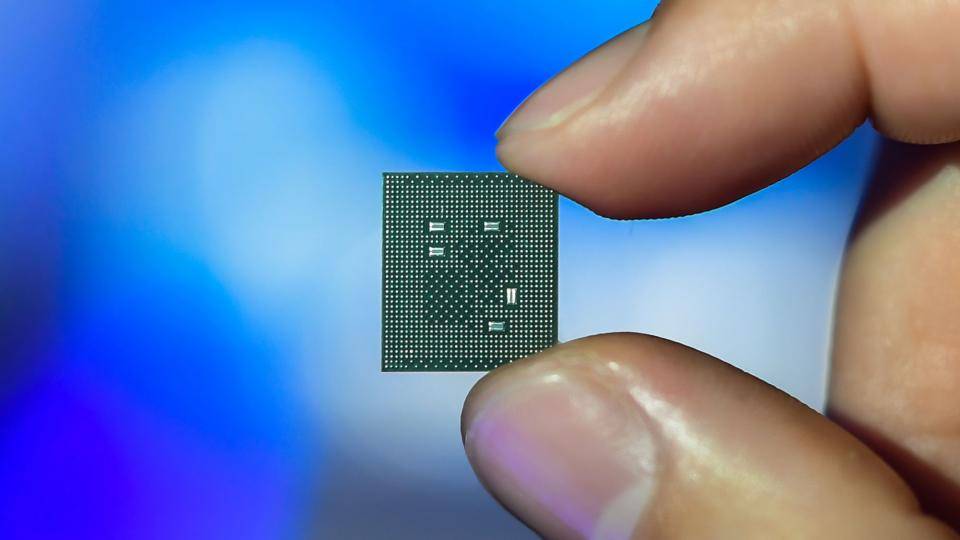We’ve known about the Snapdragon 865 – Qualcomm’s upcoming top-end chipset that’s due to replace the widely-used 855 processor – for quite some time, but now we finally have our first official details of what to expect when it begins to power flagship smartphones in 2020 and beyond. We also have at least some idea of how well it’s likely to perform against its competitors.
READ NEXT: The best smartphones
Qualcomm Snapdragon 865 preview: What you need to know
However, before we dive into the technical details and what’s new, let’s try and keep things simple. The upcoming Snapdragon 865, as with its predecessor, uses an octa-core CPU built on a 7nm fabrication process.
Like the Snapdragon 855, the 865’s Kryo 585 CPU has its eight cores in three configurations. A single “Prime” core has been designed to deliver the most raw power with a clock speed of 2.84GHz and it's partnered with a trio of “Performance” cores clocked at 2.42GHz. These two are designed to handle more demanding tasks such as gaming or video editing on the go. The remaining four are lower-power cores running at 1.8GHz and designed to take care of less demanding tasks and run background apps.

This configuration of cores looks set to be an effective arrangement that builds upon the performance of the previous generation, which did a pretty good job at bringing Qualcomm closer in line with the chipsets from Apple, Huawei and Samsung.
While this uses the same process node as the Snapdragon 855, Qualcomm has somehow managed to squeeze some extra performance from the silicon. Qualcomm says that the 865 is actually capable of delivering a performance boost of up to 25%, with a 25% boost to power efficiency.
The 865 also has faster graphics processing, thanks to the new Adreno 650 GPU and a handful of new game-focussed features. The gaming side of things includes new features such as dynamic shadow rendering, motion blur effects for smoother-looking gameplay, and support for more advanced lighting reflections from multiple sources. Likewise, Game Colour Plus 2.0 supposedly brings non-HDR content into a near-HDR colour space.

Most importantly, however, Qualcomm says that the Adreno 650 GPU has been decoupled, which means that Qualcomm can deploy specific GPU updates through the Google Play Store, allowing for it to be updated much like apps are, rather than wait for a full OS upgrade to bring in a boost in gaming performance.
The next big upgrade for the Snapdragon 865 is its new, fifth-generation “AI engine”. Qualcomm says that the new update brings 2x faster AI performance over the 855, with the new engine capable of performing 15 trillion operations per second.
This brings us to the Snapdragon 865’s camera improvements, with the help of the new Spectra 480 ISP (Image Signal Processor) and Hexagon 698 DSP (Digital Signal Processor). These upgrades allow for 2-gigapixel processing per second, with the ability to record 4K video and capture 64-megapixel pictures at the same time.
On that note, as manufacturers begin to launch phones with high-megapixel-count cameras, the Snapdragon 865 also supports 200-megapixel cameras. You can also capture 8K video for the very first time, or record frame rates up to 120fps at 4K. Likewise, 960fps slow-mo footage no longer has a recording time limit – which was previously limited to 0.4 seconds.
Finally, let’s discuss the Snapdragon 865’s 5G capabilities. It doesn’t include an integrated 5G modem like the less-powerful Snapdragon 765 , and instead uses the same 5G arrangement as the Snapdragon 855. This means that the Snapdragon 865 uses the X55 5G modem , which is a separate component that’s capable of delivering download speeds up to 7Gbits/sec, provided you’re signed up to a 5G contract and you have the coverage.
Qualcomm Snapdragon 865 preview: Early verdict
It’s a shame that the Snapdragon 865 won’t be offering any substantial 5G improvements in 2020, but then again the infrastructure still isn’t properly in place. In the UK at least, 5G coverage is pretty poor, and you won’t be reaching anywhere close to those maximum quoted download speeds, at least for a little while longer.
So, it’s not all about 5G then, and I certainly can’t blame Qualcomm for focusing its efforts elsewhere this year. Featuring a handful of improvements, from graphics rendering to power efficiency, the Snapdragon 865 is going to be a formidable chipset. Throw in the new camera features, and 2020 is set to be an exciting time for flagship smartphones.


